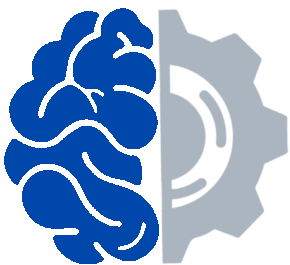Category: Engineering
Empathy
In a recent piece of news, a dolphin distressed by a fish-hook sought out human divers to provide assistance. This, while heartwarming, has several distinct levels of astounding attached to it:
How did the dolphin know to ask people for help? This dolphin likely has very little personal history in receiving help from humans, and while we’re entirely capable of giving aid, how can it know that? This goes way beyond conditioning into actual intelligent action. The dolphin was able to actively request help from strangers.
How did the dolphin predict that they would even consider to help? The dolphin, somehow knowing that humans might be able to help it, had to have some sense of whether or not they would. This suggests, in my understanding, that the dolphin had a sense of not only its own pain, but the potential empathy that the divers might have towards it.
In short, what is remarkable about this case is that we have a reasonable example of a dolphin showing enough empathic recognition to identify the divers as significantly similar to itself, but how could it possibly do that?
Continuum Visit
Swarming and Trading Algorithms
My friend, Mel White, was kind enough to take on a question that has been buzzing around in my head for awhile, particularly after the Bio-Inspired Swarms panel at Human Factors and Ergonomics Society annual conference (Mike Goodrich’s visualizations were amazing). While my question and Mel’s analysis largely boils down to a small thought experiment about resiliency, it should be of interest.
More after the jump.
Why Human Factors?
As a human factors student, I usually encounter blank confusion when casually discussing work. In many technical disciplines it’s common to need an education to even begin to understand the basic ideas behind a field. This is why many engineering students, myself included, change majors. It’s difficult to tell if your interest in plasma should be directed to the physics department or mechanical engineering.
Simply: human factors (or ergonomics), is the design of things to fit people, physically and mentally. Most confusion over this occurs due to the lack of awareness. Engineers regularly design things but rarely do people consider that someone will have to use said thing. If you’ve ever wondered why something was so feature rich and still horribly unusable (usually about the point where said item is being defenestrated), we’re here to help.
A common misconception of our field is that we design office furniture. Admit it, you immediately thought of the ‘ergonomic’ buzzword you see splashed across every highly marketed item. While ergonomists certainly do help design these things, it’s far more common for their work to never truly be noticed. The better a design is, the less you think of it.



